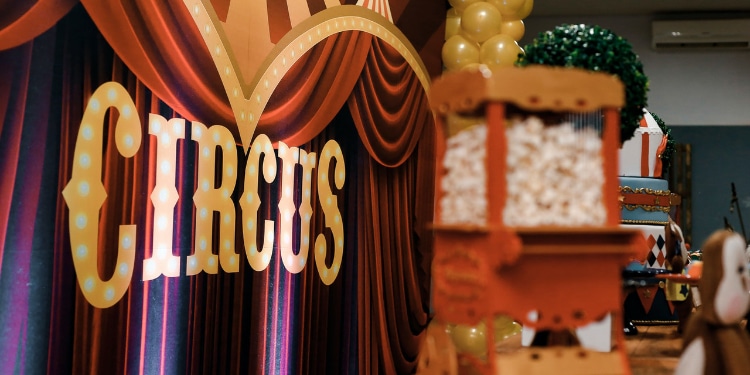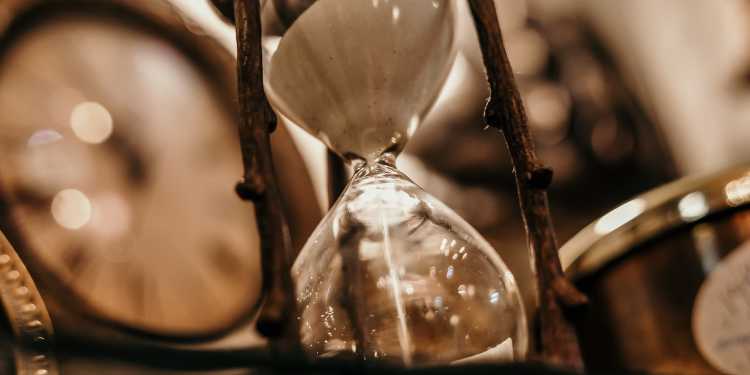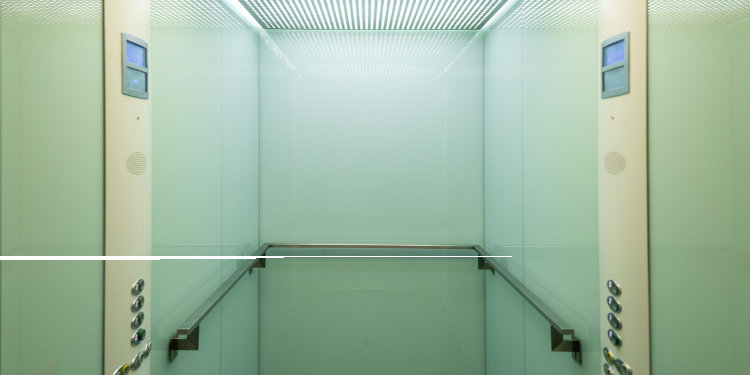











Cleithrophobia is the fear of being trapped, locked in, or unable to leave. Symptoms and triggers of cleithrophobia include intense anxiety, panic attacks, and distress when a person feels confined or perceives no means of escape, often in situations involving physical or psychological barriers.

It is categorized as a specific phobia, a classification of anxiety disorders in which people experience irrational fear in response to certain objects and situations that pose little or no real danger. People with cleithrophobia often experience a deep, overwhelming fear that can significantly impact daily life. Cleithrophobia can often be the result of traumatic experiences, such as being locked in enclosed spaces like a closet, the trunk of a car, or getting trapped in a tunnel or stuck in an elevator.
Cleithrophobia is a specific phobia that centers on the intense fear of being trapped, locked in, or unable to leave an enclosed space. Unlike the fear of small spaces seen in claustrophobia, cleithrophobia is specifically triggered by situations where escape feels impossible or where a person may feel unable to leave. Common scenarios that can provoke this fear include being in an elevator, a locked room, or any enclosed space where the exit is blocked or restricted.
People with cleithrophobia may experience overwhelming anxiety, panic, or even shortness of breath when faced with these situations. The fear is not just about the size of the space, but the idea of being trapped or confined without a way out. This phobia can be confused with claustrophobia, but the key difference is that cleithrophobia is related to the fear of being trapped, rather than simply being in a small space.
As with most specific phobias, cleithrophobia can elicit a panic-like response. Individuals might experience physical symptoms that include the following:
Severe symptoms can lead to further complications or disruptions.
They may also experience intense feelings of dread when thinking about being trapped. Those feelings can elicit responses such as crying, freezing, getting angry or aggressive, or even trying to run or escape the situation. Thoughts can become obsessive as they worry about being trapped and work to avoid situations where it could happen. If the phobia is not managed, it would likely result in a worsening cycle of fear and avoidance. Some symptoms can become so difficult that they begin hindering a person’s life and ability to function daily.
The development of cleithrophobia is influenced by a combination of factors, and understanding these can be key to finding the right treatment for cleithrophobia. One of the most common causes is a traumatic experience, such as being locked in a small space or feeling trapped in an enclosed area. These experiences can leave a lasting impact, making similar situations in the future trigger intense fear and anxiety.
Genetics and family history also play a role. People who have relatives with specific phobias, anxiety disorders, or other mental health conditions may be more likely to develop cleithrophobia themselves. Environmental factors, such as growing up in a stressful or unpredictable environment, can increase the risk as well.
Other risk factors include a personal history of anxiety, depression, or other mental health challenges. Sometimes, cleithrophobia may be related to or occur alongside other phobias, like claustrophobia, or be part of a larger anxiety disorder. The symptoms of cleithrophobia may include panic, feeling trapped, and a strong urge to escape, which can disrupt a person’s life and daily functioning.
Treatment for cleithrophobia is similar to the treatment of most other specific phobias. Treatment often includes multiple strategies such as therapy, coping mechanisms, and medication. Cognitive behavioral therapy (CBT) can be used to adjust negative thought patterns associated with the phobia. Through cognitive and behavioral modification, individuals can work through their phobias and regain a sense of control over their anxiety. Exposure therapy can also be effective. Exposure therapy helps individuals by slowly exposing them to their fear, such as being in elevators or other confined spaces, while using anxiety and stress reduction techniques like deep breathing (Choy et al., 2006).
Over time, they can minimize the panic response toward the phobia. In general, mindfulness, meditation, and other stress-reducing techniques can be beneficial. It can decrease the stress response and lower anxiety at the moment, preventing intense fear and panic. When people feel trapped and start to experience panic, they can turn to a technique like deep breathing to slow down their stress response.
Another aspect to consider is whether the phobia is connected to a past trauma. If the phobia does come from past trauma, working through the trauma may be helpful. Addressing trauma should be done by a trained professional to avoid potentially re-traumatizing the individual.
Lastly, medication can be utilized to help people manage the panic and anxiety that can come from dealing with a phobia. Medication, along with therapy, can be a helpful course of treatment for many individuals. Phobias have the potential to cause major disruptions and distress in a person’s life. No one wants to be restricted in their daily functioning. Understanding the phobia and seeking treatment can be the first steps toward living life more freely and without restrictions. With proper treatment, you can get better and get relief from the symptoms of cleithrophobia.
Cleithrophobia is often confused with claustrophobia. Although they are similar, there are some clear distinctions. Claustrophobia is the fear of being in a small space where the space itself triggers a reaction. Cleithrophobia is the fear of being confined in a space in which you feel trapped. Those who experience cleithrophobia will likely feel comfortable if they know they can come and go as they please.
The main issue for those with cleithrophobia is with being locked in or trapped, whereas with claustrophobia, individuals are concerned with the small space. For example, someone with claustrophobia may be triggered by getting into a small elevator full of people (i.e., limited space). Someone with cleithrophobia may be triggered by the idea of getting stuck in an elevator for several hours.
If you or someone you care about is struggling with what seems to be cleithrophobia, it is recommended to consult with a mental health professional. They can properly evaluate your condition and may suggest therapy, lifestyle changes, or medications. There is no reason to suffer when viable treatment options are available.
Sources